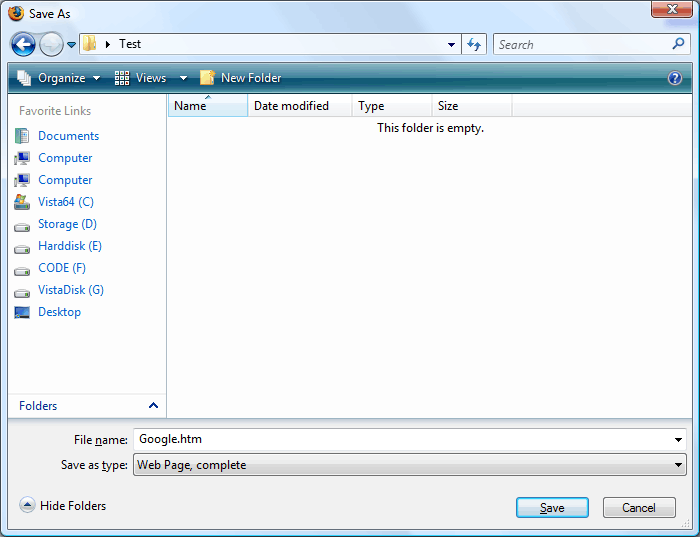Why does VHD make for a "major version" change? Windows PE didn't exist until XP made it's debut and cannot be created from Windows 2000 media, but it's the same "major version" as Windows 2000. The functionality that was needed was a kernel-level change of course, and the resultant benefits are undeniable for optimized workstation and server implementation and build tasks.
And while Windows PE may not be the same functionality as VHD, the technology modification involved was a pretty significant change based on what your standards seem to dictate. Nevertheless, it was a "tweak" then, and it's still a "tweak" now.
Howabout this:
Since nobody on this forum has a view into the source code that drives the Windows kernel, none of us know what a "major" upgrade this or any other Windows update will truly be. That doesn't nullify my opinion, and by that logic, it doesn't nullify your opinion either.
So, in essence, I'm agreeing with Richard. Outside of Microsoft's numbering scheme, it's pretty much an opinion as to what makes a "major" OS upgrade versus a "minor" one.
And while Windows PE may not be the same functionality as VHD, the technology modification involved was a pretty significant change based on what your standards seem to dictate. Nevertheless, it was a "tweak" then, and it's still a "tweak" now.
Howabout this:
Since nobody on this forum has a view into the source code that drives the Windows kernel, none of us know what a "major" upgrade this or any other Windows update will truly be. That doesn't nullify my opinion, and by that logic, it doesn't nullify your opinion either.
So, in essence, I'm agreeing with Richard. Outside of Microsoft's numbering scheme, it's pretty much an opinion as to what makes a "major" OS upgrade versus a "minor" one.


